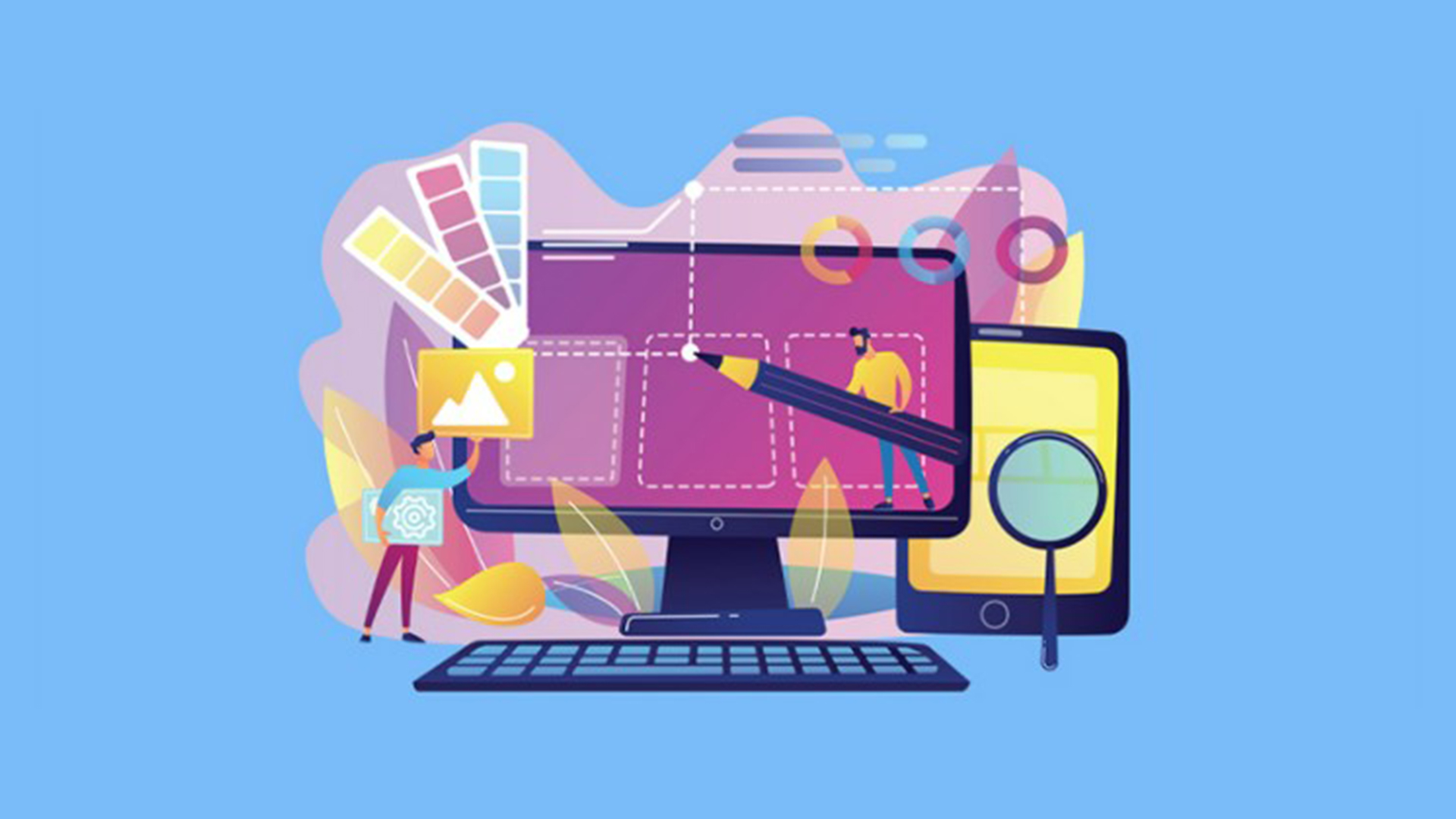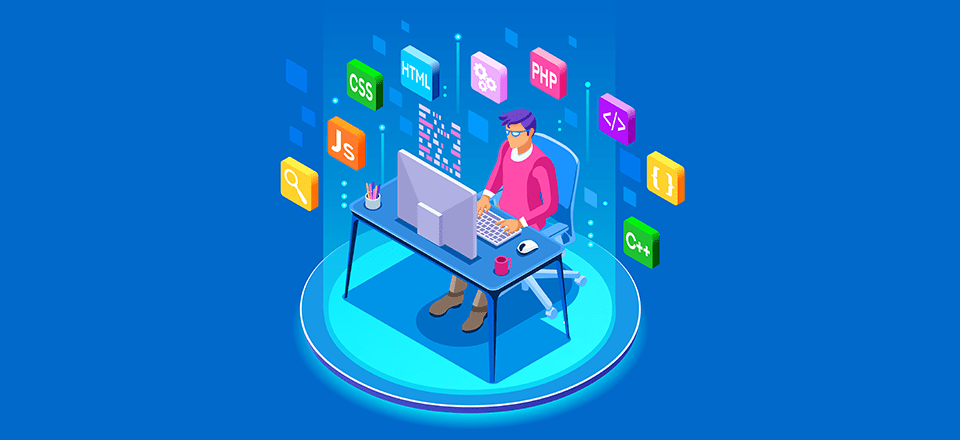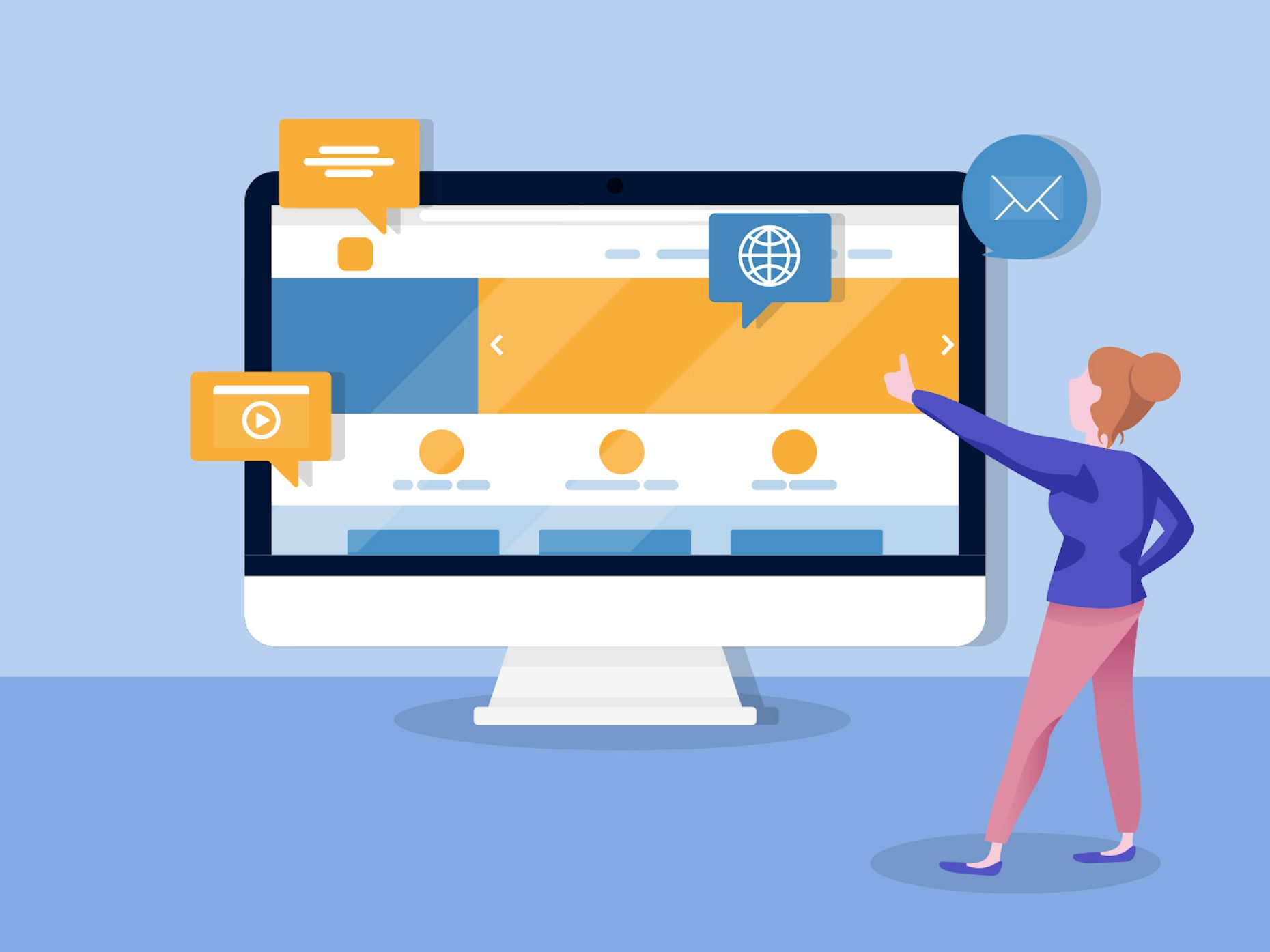All Categories
Featured
Table of Contents
- – Why Web Design Is Dead - - Ux Magazine Tips an...
- – Powderkeg: Web Design Madison, Wi Tips and Tr...
- – Web Design Tutorials By Envato Tuts+ Tips and...
- – Indianapolis Web Design And Digital Marketing...
- – Why Good Web Design Is Important, And Why You...
- – Law Firm Website Design, Attorney Web Design,...
- – 34 Of The Best Website Designs To Inspire Yo...
- – Learn Web Design With Online Courses, Classe...
- – Top Web Design Agencies Ranked - 2022 Review...
- – Web Design And Applications - W3c Tips and T...
- – Learn Responsive Design - Web.dev Tips and T...
Why Web Design Is Dead - - Ux Magazine Tips and Tricks:
Quick summary Functionality and the utility, not the visual design, figure out the success or failure of a site. Considering that the visitor of the page is the only person who clicks the mouse and for that reason decides everything, user-centric style has actually established as a standard method for effective and profit-oriented web style - web design frederick md.
and the utility, not the visual style, identify the success or failure of a site. Given that the visitor of the page is the only person who clicks the mouse and therefore chooses everything, user-centric style has become a standard method for successful and profit-oriented website design. After all, if users can't use a function, it might also not exist.
g. where the search box ought to be put) as it has already been done in a number of articles; instead we concentrate on the approaches which, used effectively, can result in more advanced design decisions and streamline the procedure of perceiving presented details. Please notice that you might be interested in the usability-related short articles we have actually published before: Principles Of Excellent Website Style And Reliable Web Design Standards, In order to use the principles correctly we first require to comprehend how users interact with sites, how they believe and what are the basic patterns of users' habits.
Powderkeg: Web Design Madison, Wi Tips and Tricks:
Visitors glance at each new page, scan some of the text, and click on the first link that captures their interest or vaguely resembles the important things they're searching for. In truth, there are big parts of the page they don't even look at. A lot of users look for something fascinating (or helpful) and clickable; as soon as some appealing prospects are discovered, users click.
If a page provides users with premium material, they want to jeopardize the content with ads and the style of the website. This is the reason why not-that-well-designed websites with top quality content acquire a lot of traffic over years. Content is more vital than the design which supports it.

Really basic concept: If a website isn't able to fulfill users' expectations, then designer failed to get his job done effectively and the business loses money. The higher is the cognitive load and the less intuitive is the navigation, the more willing are users to leave the site and search for options.
Web Design Tutorials By Envato Tuts+ Tips and Tricks:
Neither do they scan web page in a direct style, going sequentially from one website section to another one. Instead users satisfice; they pick the very first reasonable alternative. As quickly as they discover a link that looks like it may result in the goal, there is a great possibility that it will be immediately clicked.
It does not matter to us if we comprehend how things work, as long as we can utilize them. If your audience is going to imitate you're creating signboard, then design great billboards." Users wish to have the ability to manage their internet browser and depend on the constant information discussion throughout the site.
If the navigation and website architecture aren't instinctive, the variety of enigma grows and makes it harder for users to understand how the system works and how to get from point A to point B. A clear structure, moderate visual clues and easily identifiable links can help users to discover their course to their goal.
Indianapolis Web Design And Digital Marketing Agency Tips and Tricks:

claims to be "beyond channels, beyond items, beyond distribution". What does it suggest? Considering that users tend to check out sites according to the "F"-pattern, these 3 statements would be the very first components users will see on the page once it is filled. Although the style itself is basic and instinctive, to comprehend what the page has to do with the user needs to browse for the answer.
When you've accomplished this, you can communicate why the system is helpful and how users can benefit from it. Do Not Misuse Users' Perseverance, In every project when you are going to offer your visitors some service or tool, try to keep your user requirements very little.
First-time visitors want to, not filling long web forms for an account they may never ever use in the future. Let users check out the site and find your services without requiring them into sharing personal information. It's not sensible to require users to get in an email address to check the function.
Why Good Web Design Is Important, And Why You Need It Tips and Tricks:
Stikkit is a best example for an user-friendly service which requires practically nothing from the visitor which is inconspicuous and soothing. And that's what you want your users to feel on your web site. Apparently, Termite requires more. However the registration can be done in less than 30 seconds as the type has horizontal orientation, the user doesn't even need to scroll the page.
A user registration alone is adequate of an impediment to user navigation to cut down on inbound traffic. 3. Manage To Focus Users' Attention, As websites provide both static and dynamic material, some elements of the user interface attract attention more than others do. Certainly, images are more distinctive than the text simply as the sentences marked as strong are more attractive than plain text.
Focusing users' attention to particular areas of the site with a moderate use of visual elements can assist your visitors to get from point A to point B without thinking about how it really is supposed to be done. The less concern marks visitors have, the they have and the more trust they can establish towards the company the website represents.
Law Firm Website Design, Attorney Web Design, Lawyer ... Tips and Tricks:
Make Every Effort For Feature Exposure, Modern web styles are typically criticized due to their approach of guiding users with visually appealing 1-2-3-done-steps, big buttons with visual results and so on. From the design perspective these aspects really aren't a bad thing.
The website has 9 primary navigation choices which are noticeable at the very first look. What matters is that the content is well-understood and visitors feel comfy with the method they connect with the system.
com gets straight to the point. No charming words, no overemphasized statements. Rather a rate: just what visitors are trying to find. An optimum option for efficient writing is touse short and concise phrases (come to the point as rapidly as possible), usage scannable layout (categorize the content, utilize several heading levels, use visual aspects and bulleted lists which break the circulation of consistent text blocks), usage plain and unbiased language (a promo does not need to seem like advertisement; offer your users some reasonable and unbiased reason that they ought to use your service or remain on your website)6.
34 Of The Best Website Designs To Inspire You In 2022 Tips and Tricks:
Users are rarely on a site to delight in the design; in addition, for the most part they are trying to find the info in spite of the design - web design frederick md. Pursue simpleness rather of complexity. From the visitors' point of view, the very best website design is a pure text, with no advertisements or additional content blocks matching precisely the query visitors used or the material they have actually been searching for.
Finch clearly presents the details about the site and provides visitors a choice of options without overcrowding them with unneeded material. 7. Don't Hesitate Of The White Space, Really it's actually hard to overstate the significance of white area. Not just does it help to for the visitors, however it makes it possible to perceive the information provided on the screen.
Complex structures are more difficult to check out, scan, analyze and work with. If you have the option in between separating two style sections by a noticeable line or by some whitespace, it's normally better to use the whitespace service. (Simon's Law): the better you handle to provide users with a sense of visual hierarchy, the simpler your material will be to perceive.
Learn Web Design With Online Courses, Classes, & Lessons Tips and Tricks:
The same conventions and rules should be used to all elements.: do the most with the least quantity of cues and visual components. Clarity: all elements need to be created so their significance is not ambiguous.
Conventions Are Our Buddies, Standard design of website elements does not result in an uninteresting website. As they decrease the finding out curve, the requirement to figure out how things work. For example, it would be an usability nightmare if all websites had various visual discussion of RSS-feeds. That's not that different from our regular life where we tend to get used to fundamental principles of how we organize information (folders) or do shopping (positioning of items).
comprehend what they're getting out of a site navigation, text structure, search positioning etc. A case in point from use sessions is to equate the page in Japanese (presuming your web users do not understand Japanese, e. g. with Babelfish) and supply your usability testers with a job to find something in the page of different language.
Top Web Design Agencies Ranked - 2022 Reviews - Clutch.co Tips and Tricks:
Steve Krug suggests that it's better to, however make the most of conventions when you don't. 10. Test Early, Test Typically, This so-called TETO-principle needs to be applied to every website design project as usability tests often offer into substantial problems and concerns related to an offered layout. Test not too late, not too little and not for the incorrect reasons.
Some important indicate remember: according to Steve Krug, and testing one user early in the task is better than screening 50 near the end. Accoring to Boehm's very first law, mistakes are most frequent throughout requirements and design activities and are the more expensive the later they are eliminated.
That indicates that you create something, test it, fix it and then check it again. There may be issues which have not been discovered throughout the first round as users were almost blocked by other issues.
Web Design And Applications - W3c Tips and Tricks:

This holds for designers. After you've worked on a website for couple of weeks, you can't observe it from a fresh viewpoint anymore. You know how it is developed and for that reason you know exactly how it works you have the wisdom independent testers and visitors of your website would not have.
It can be connected to other areas such as graphic style, user experience, and multimedia arts, however is more aptly seen from a technological standpoint. It has actually become a large part of people's daily lives. It is hard to imagine the Internet without animated graphics, various designs of typography, background, videos and music.

Throughout 1991 to 1993 the World Wide Web was born. Text-only pages might be seen utilizing a basic line-mode internet browser. There had been no integrated approach to graphic design components such as images or sounds.
Learn Responsive Design - Web.dev Tips and Tricks:
The W3C was created in October 1994 to "lead the Web to its full potential by developing common procedures that promote its development and guarantee its interoperability." This discouraged any one company from monopolizing a propriety internet browser and programs language, which might have modified the result of the Web as a whole.
As this has occurred the technology of the web has actually also carried on. There have also been significant modifications in the method people utilize and access the web, and this has actually changed how websites are created. Considering that the end of the browsers wars [] brand-new internet browsers have been released. Many of these are open source meaning that they tend to have faster development and are more encouraging of new requirements.
Learn more about Lovell Media Group LLC or TrainACETable of Contents
- – Why Web Design Is Dead - - Ux Magazine Tips an...
- – Powderkeg: Web Design Madison, Wi Tips and Tr...
- – Web Design Tutorials By Envato Tuts+ Tips and...
- – Indianapolis Web Design And Digital Marketing...
- – Why Good Web Design Is Important, And Why You...
- – Law Firm Website Design, Attorney Web Design,...
- – 34 Of The Best Website Designs To Inspire Yo...
- – Learn Web Design With Online Courses, Classe...
- – Top Web Design Agencies Ranked - 2022 Review...
- – Web Design And Applications - W3c Tips and T...
- – Learn Responsive Design - Web.dev Tips and T...
Latest Posts
The Top 10 Most Important Elements Of A Website Design Tips and Tricks:
53 Web Design Tools To Help You Work Smarter In 2022 Tips and Tricks:
10 Principles Of Good Web Design - Smashing Magazine Tips and Tricks:
More
Latest Posts
The Top 10 Most Important Elements Of A Website Design Tips and Tricks:
53 Web Design Tools To Help You Work Smarter In 2022 Tips and Tricks:
10 Principles Of Good Web Design - Smashing Magazine Tips and Tricks: